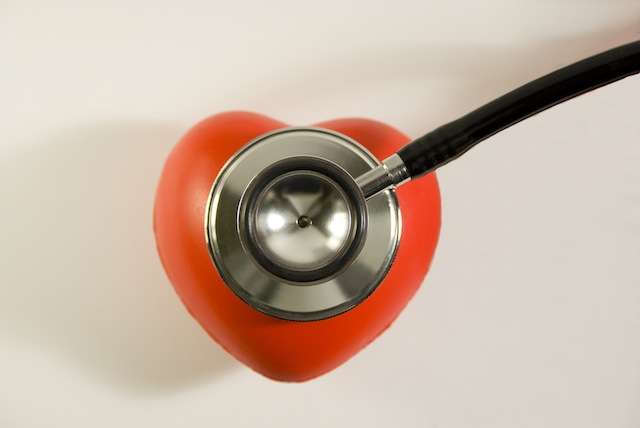Non-Chemo Cancer Treatment, Simple as Flu Shot, Moves Closer to Reality
The FDA has approved new trials that could make cancer treatment as simple as getting a flu-shot.

Next time you visit your doctor you may want to bring along your MP3 player as that stethoscope around your doctor's neck is, well, out of date. Invented in 1816 from a paper tube, the stethoscope might be headed for museum collections, replaced now by off-the-shelf MP3 players.
A study by Neil Skjodt from the University of Alberta, Canada, has found the digital recorders provide better sound quality than even the most advanced stethoscope on the market.
It seems that the plastic shell surrounding the microphone is perfect for capturing the low resonance sounds from the body.
The primary advantage may be digital rather than medical. The recorded sounds could be replayed, stored as part of a patients record and be further analyzed by computer or another doctor via the internet to obtain a second opinion.
Other compelling advantages of having such information stored digitally include the ease of following progress in a case of respiratory illness with access to the patient's earlier chest sounds. Also, the players could contain archive samples of respiratory deviations to aid a doctor's diagnosis on the fly. This point may be especially valid since recent studies have found that medical students need to listen to certain clinical sounds hundreds of times before being able to recognize them accurately.
Additionally, the players could also be used to record patient descriptions of their symptoms or memos from the doctors themselves.
Might our respiratory resonances even be purchased via online subscription services such as iTunes — Jim Carrey's heart rate, anyone?
Maybe not, but MP3 players are now ubiquitous on the market and therefore relatively inexpensive and with further studies ongoing to assess their full merit for recording respiratory, heart and bowel sounds, it may not be long before these cost effective.
Michael Little works in analytical chemistry and has almost 20 years experience in the research based pharmaceutical industry. Michael resides in Laval, Quebec, with his wife and three children. Michael has written occasional science articles for WS since 2007.
(Image by MIT Labs; and imelenchon, CC)
Be the first to comment